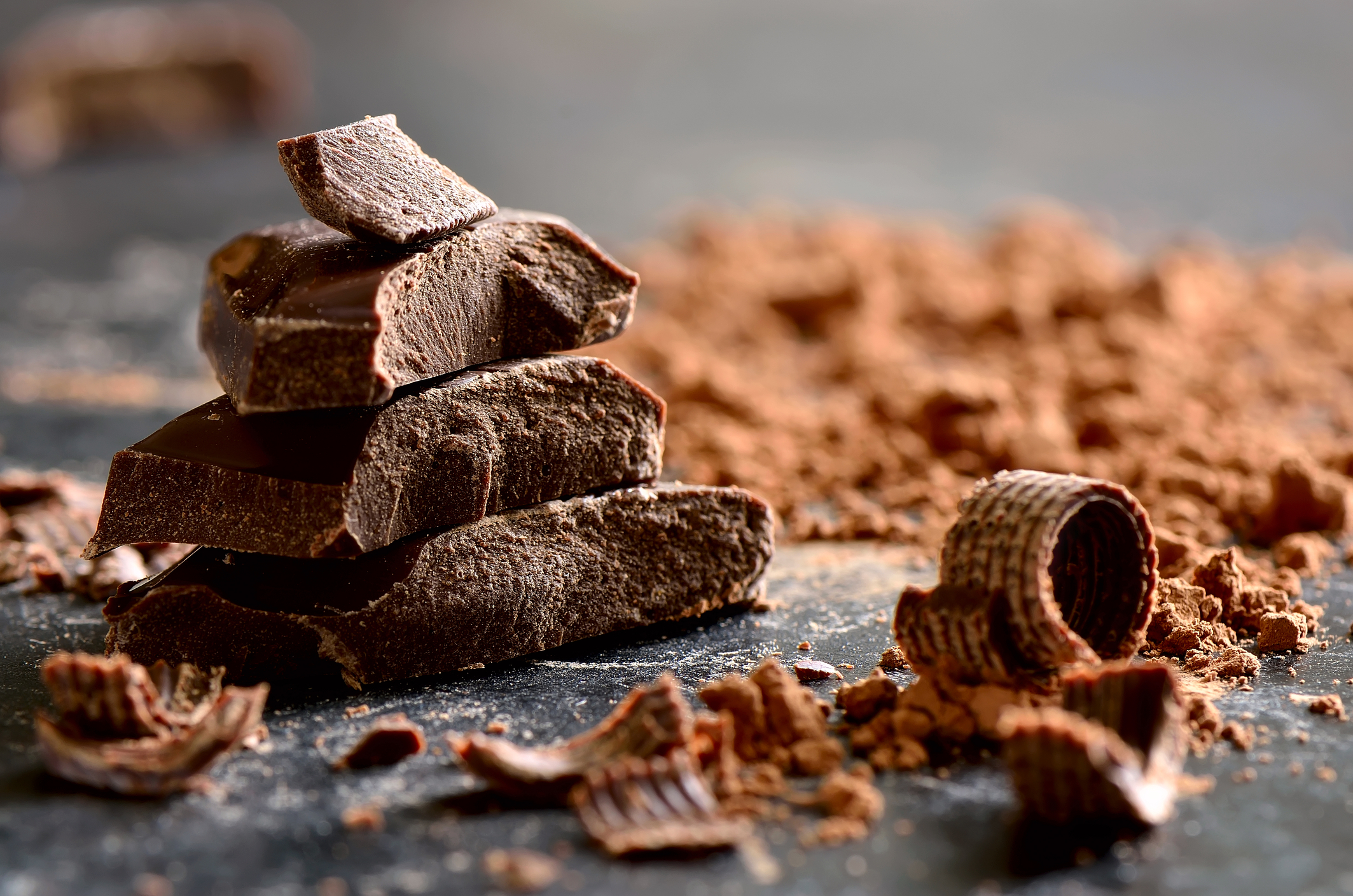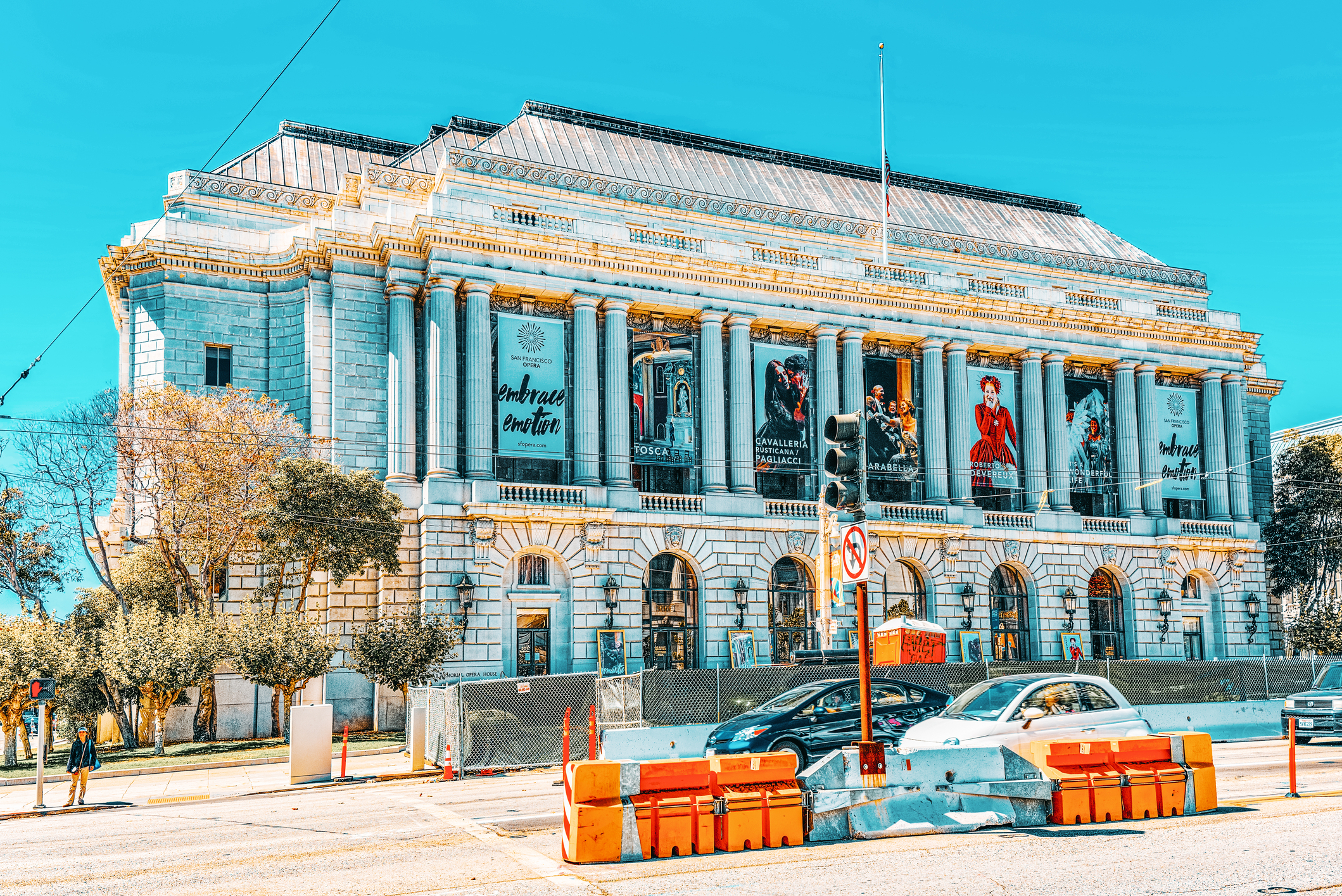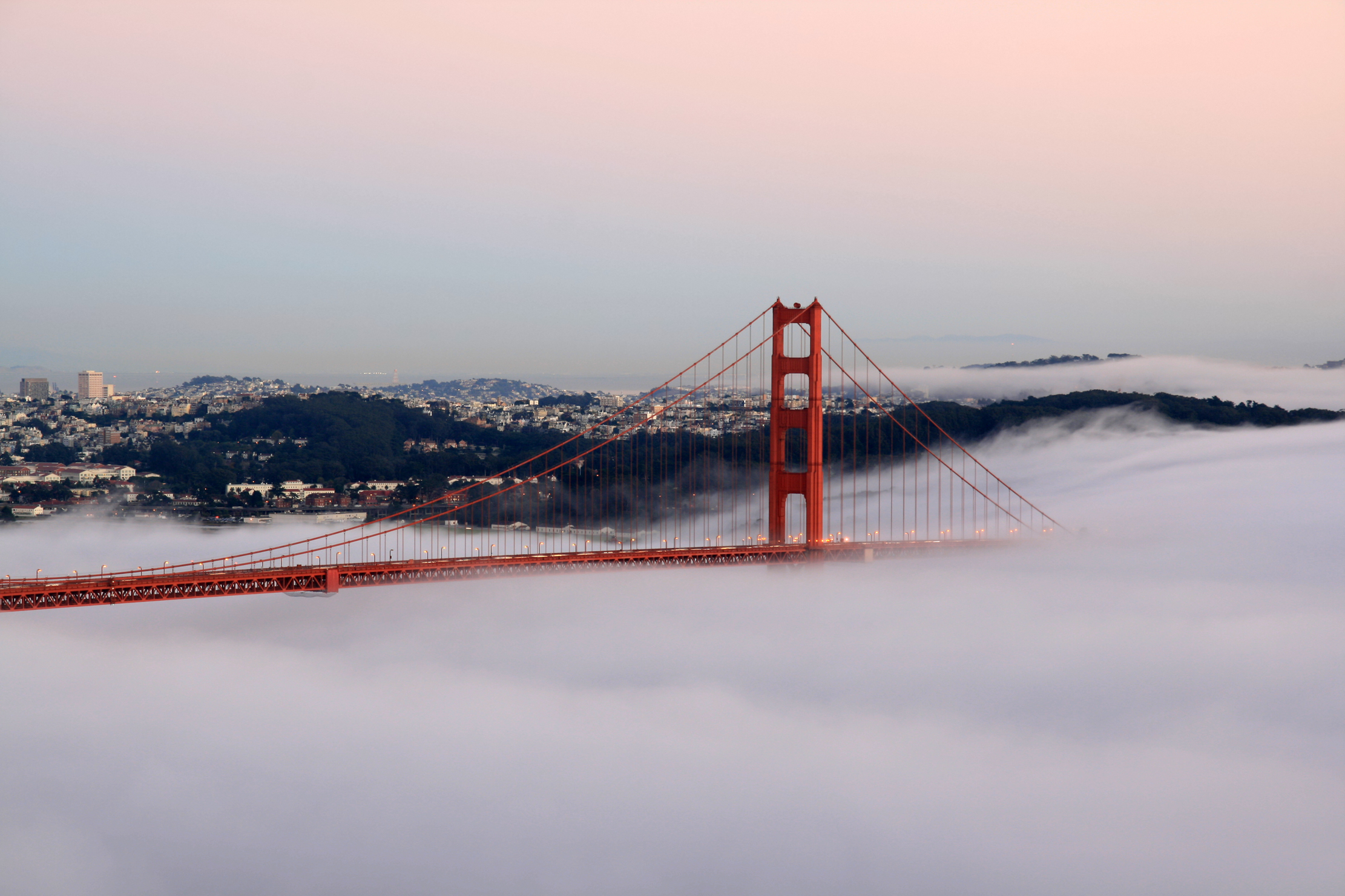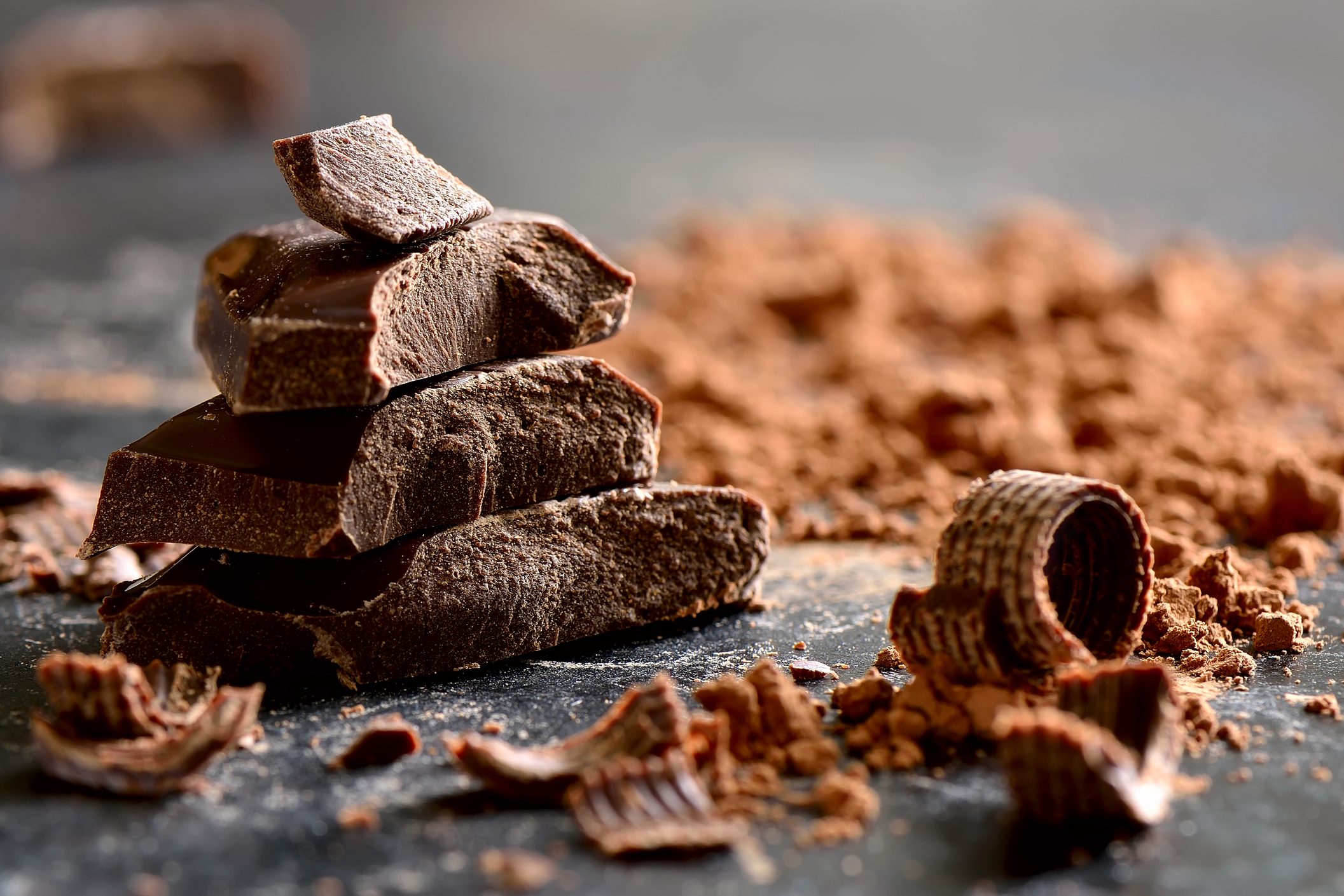Cacao. Along with peppers, potatoes, tomatoes, and corn, this strange bean was introduced to Europe from the Americas. Cacao differed from those other items, pedestrian staples of the indigenous MesoAmerican diet, in being reserved for the elite – Mayan royalty and priests, Aztec warriors and merchant princes.
The same became true of chocolate in Europe once the taste for it caught on. It was no less true three centuries later when, via Italy, cacao made a full circle back to its ancestral continents and found a rich home in San Francisco. Gold Rush San Francisco, in 1849, a city of fortune and fortune seekers, merchant princes and would-be royals, in a gilded age hungry for luxury goods and given to ostentatious display, welcomed chocolate with open arms.
Though Spain provided the stage on which the history of chocolate would play out, many of its protagonists at key moments were Italian. In 1502, Cristoforo Colombo and his band of gold-seeking Argonauts were the first Europeans to lay eyes on this New World fruit, on the Caribbean island of Guanaja, when they came upon a Mayan dugout canoe piled high with what one observer later described as “those almonds which in New Spain are used for money”.
These early explorers quickly grasped the value of cocoa beans as a currency among the indigenous Maya and Aztec people, but it would take another century before Europeans began to appreciate chocolate as a flavor and a food. Columbus died in 1506 without ever having tasted it.
In Spain, following the Mayan practice, chocolate was first consumed as a beverage. The Jesuits, strong in Spain and throughout the Spanish colonies, adopted the drinking of chocolate and became great chocolate traders; they are the likely channel for the spread of chocolate to Italy. Cosimo III de Medici, grand Duke of Tuscany, made it popular in his court.
By the 18th century, Italians in the North were experimenting with chocolate in cuisine, and cookbooks appeared with recipes for sweet and savory dishes containing chocolate – for example, papardelle di cioccolata, from Lucca. The Italians also introduced new flavors into chocolate preparations. Borrowing from a long Italian tradition of confectionery in candied fruits, they include peels of citrons and lemons and the perfume of jasmine in chocolate beverages and, eventually, in solid chocolate candies. The firm Romanengo fu Stefano, established in Genova in 1829, and still operating today, is an example of this tradition of artisanal manufacture of both candied fruits and chocolates.
It would have been at a firm similar to Romanengo that a young Domenico Ghirardelli, born in 1817 in nearby Rapallo, apprenticed as a boy to learn the art of traditional confectionery and chocolate making. Then, barely 20 years old and newly married, Ghirardelli and his bride set sail for South America, to engage in the chocolate trade closer to the source. In 1838, the young couple opened a confectionery store in Lima.
As fate would have it, Ghirardelli’s next-door neighbor was James Lick, an American cabinetmaker. Enticed by news of prosperity in the North, Lick left for San Francisco in 1847, eventually becoming one of the wealthiest men in California. In a letter from Lick, Ghirardelli received early news of the gold strike at Sutter’s Mill, and sailed to California to try his luck as a prospector. He arrived in San Francisco just before the first wave of new Argonauts. After a few difficult months prospecting for gold with minimal returns, he found it more profitable to sell supplies and confections to the gold seekers, and opened a shop in Stockton.
By 1852, Ghirardelli had sent for his family to join him in California, and opened a new business in San Francisco. The first “Ghirardely and Girard”, predecessor of the Ghirardelli Chocolate Company, was on the corner of Kearny and Washington streets, and later relocated to Jackson and Mason. Here, in the heart of the present day Jackson Square Historic District, a few steps from Gold Street where prospectors traded their gold nuggets for cash, luxury foods businesses flourished.
In addition to confections, Ghirardelli sold wines, cordials, liquors, coffee, and spices to successful Argonauts with a taste for the finest and costliest imports. Thirty years later, in 1884, Ghirardelli had dropped the liquor side of the business and focused exclusively on chocolate, coffee and spices. By 1885, the company was importing almost half a million pounds of cocoa beans, and shipping chocolate all over the West and to the eastern United States, China, Japan, and Mexico.
The Ghirardelli factory has long since moved out of the city entirely, to a much larger facility across the bay in San Leandro. Nevertheless, San Francisco remains Chocolate City, home to new generations of chocolate artisans emerging with each new wave of latter day Argonauts, and catering to new standards in old luxuries. Many of these artisans are of Italian origin or inspired by Italian tastes and traditions.
Elizabeth Vasile is an urban geographer, independent scholar, and consulting public historian. She writes about the changing cultural landscapes of cities and regions, and creates public history programs for communities and institutions.
































